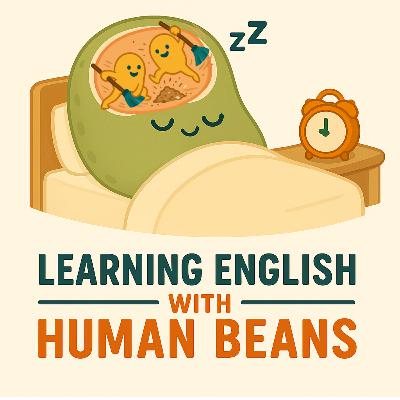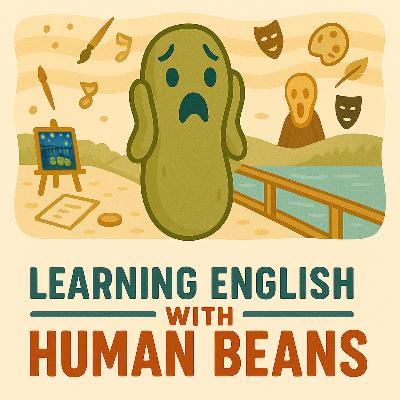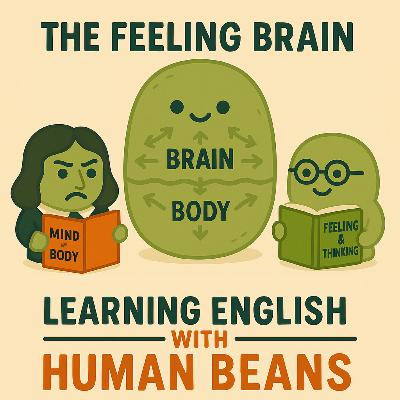#13 - The Science of Sleep
Description
Discover the vital science behind your nightly rest in this episode of “Learning English with Human Beans: The Science of Sleep.” Explore how sleep cycles work, why your brain’s glymphatic system cleanses itself at night, the hidden costs of sleep debt, and practical strategies to optimize your slumber—all while building key English vocabulary.
Sources:
Archer, S.N., Robilliard, D.L., Skene, D.J., Smits, M., Williams, A., Arendt, J., von Schantz, M. (2003). “A length polymorphism in the circadian clock gene PER3 is linked to delayed sleep phase syndrome and extreme diurnal preference.” Sleep, 26(4), 413–415.
Dawson, D., & Reid, K. (1997). “Fatigue, alcohol and performance impairment.” Nature, 388(6639), 235–235.
Edinger, J.D., & Means, M.K. (2005). “Cognitive–behavioral therapy for primary insomnia.” Clinical Psychology Review, 25(5), 539–558.
Hilditch, C.J., & Shapiro, C.M. (2013). “The clinical relevance of sleep inertia: a comprehensive review.” Sleep Medicine Reviews, 17(4), 243–256.
Killgore, W.D.S. (2010). “Effects of sleep deprivation on cognition.” Progress in Brain Research, 185, 105–129.
Mullington, J.M., Haack, M., Toth, M., Serrador, J.M., & Meier‐Ewert, H.K. (2009). “Cardiovascular, inflammatory, and metabolic consequences of sleep deprivation.” Progress in Cardiovascular Diseases, 51(4), 294–302.
Van Dongen, H.P.A., Maislin, G., Mullington, J.M., & Dinges, D.F. (2003). “The cumulative cost of additional wakefulness: dose-response effects on neurobehavioral functions and sleep physiology from chronic sleep restriction and total sleep deprivation.” Sleep, 26(2), 117–126.
Wittmann, M., Dinich, J., Merrow, M., & Roenneberg, T. (2006). “Social jetlag: misalignment of biological and social time.” Chronobiology International, 23(1-2), 497–509.
Xie, L., Kang, H., Xu, Q., Chen, M.J., Liao, Y., Thiyagarajan, M., O’Donnell, J., Christensen, D.J., Nicholson, C., Iliff, J.J., Takano, T., Deane, R., & Nedergaard, M. (2013). “Sleep drives metabolite clearance from the adult brain.” Science, 342(6156), 373–377.





















